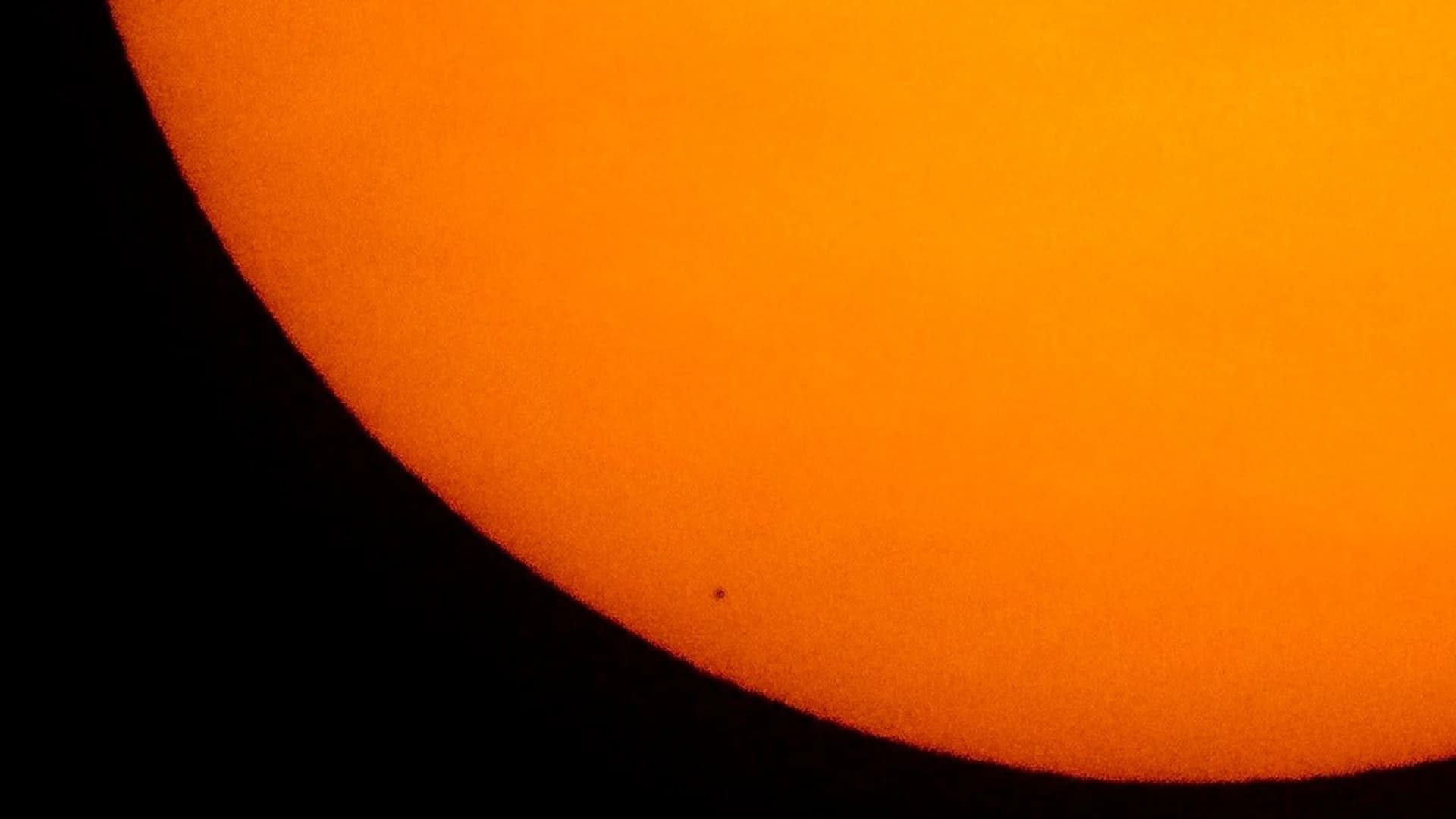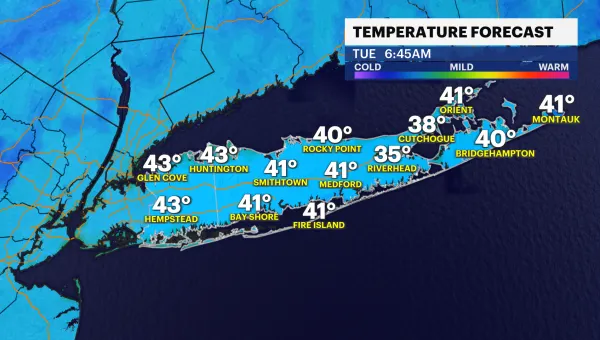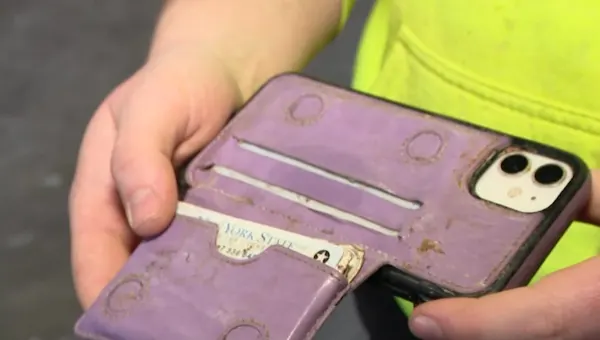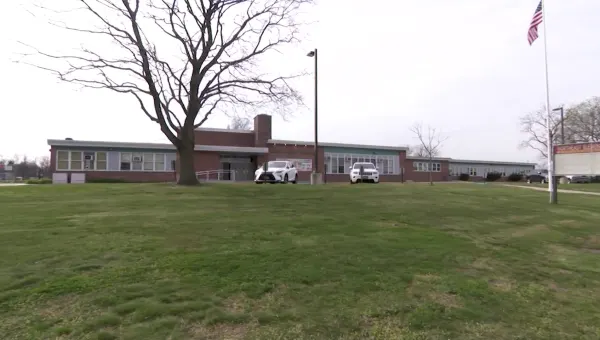Good weather allows viewing of Mercury's last visible transit for 30 years
Mercury put on a rare show, one that won't be visible again for a while.
News 12 Staff
•
Nov 9, 2019, 7:34 PM
•
Updated 1,626 days ago
Share:

Mercury put on a rare show Monday morning for much of the world to see.
Our solar system's smallest, innermost planet began its trek across the sun at 7:35 a.m. EST.
Eastern North America and all Central and South America were able to view the entire 5 ½-hour event. Weather here at home cooperated nicely, garnering some great shots by our viewers!
Unlike in the 2016 transit, Mercury passed practically dead center this time around.
The next transit isn't until 2032, but North America won't get another viewing opportunity until 2049.
The only way to view this celestial event was with a telescopes or binoculars with solar filters. You could have also dusted off those solar eclipse glasses from a few years ago, but it would have taken exceptional vision to spot the tiny planet against the sun.
Mercury is only 3,000 miles wide. During the 2012 Venus transit, the planet was just barely visible to the naked eye by some. Considering that Venus is both larger and closer, Mercury was likely too small to see without help.
Speaking of Venus transits, they are much rarer than Mercury transits. The next one isn't happening until 2117!



















